ChatGPT vs DeepSeek: Which AI Model Delivers the Best Responses?
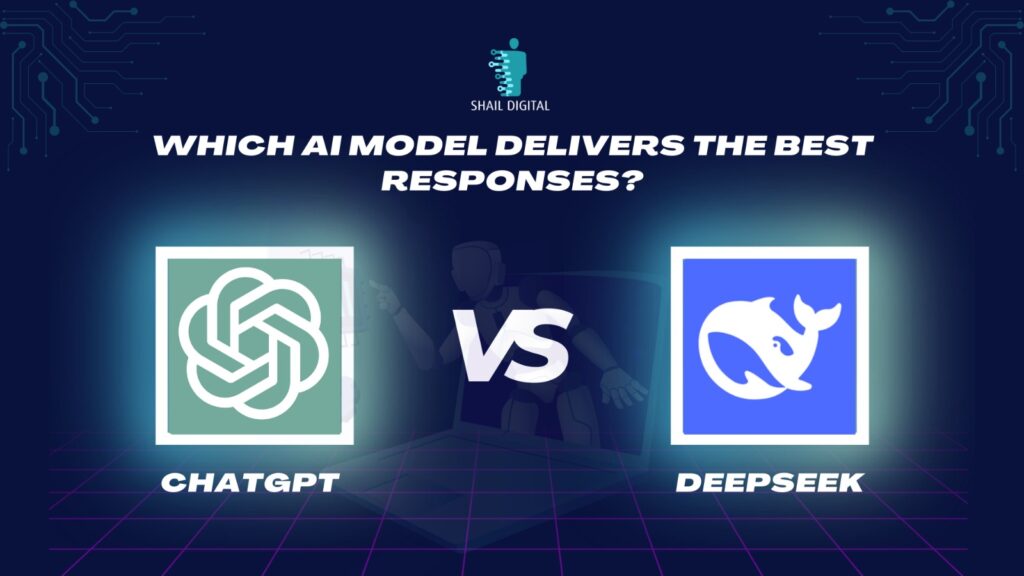
The recent release of DeepSeek has created waves in the AI industry by challenging existing models like ChatGPT with its efficiency, cost-effectiveness, and open-source approach. But how does ChatGPT vs DeepSeek actually play out in real-world use cases?
To answer this, we tested both models on various queries across four key categories: General Knowledge, Problem-Solving, Creative Writing, and Technical Understanding.
Here are the results:
ChatGPT vs DeepSeek : Core Differences
ChatGPT, developed by OpenAI, utilizes Reinforcement Learning from Human Feedback (RLHF) and a broad dataset to generate structured and informative responses.
DeepSeek employs an efficiency-driven approach, using techniques such as reduced memory precision and multi-token processing to optimize performance while maintaining high-quality outputs.
| Feature | DeepSeek R1 (China) 🏆 | ChatGPT (GPT-4, OpenAI) 🏆 |
| Training Cost | ~$5M (Highly cost-effective) | $100M+ (Very expensive) |
| GPUs Required | 2,000 (Can run on gaming GPUs) | 100,000+ (Needs high-end data centers) |
| Processing Efficiency | 8-bit computation (75% less memory) | 32-bit (Higher accuracy, but resource-intensive) |
| Token Processing | Reads full phrases (2x faster) | Reads word-by-word |
| Parameter Activation | 37B active out of 671B (Only needed “experts” are used) | 1.8T active all the time (Consumes more power) |
| API Pricing | 95% cheaper | More expensive |
| Open Source? | ✅ Yes (Anyone can use & modify) | ❌ No (Closed-source) |
| Multimodal Capabilities | ❌ No (Text only) | ✅ Yes (Text + Images with GPT-4V) |
| Accuracy & Refinement | Matches GPT-4 in many tasks | More fine-tuned with Reinforcement Learning |
Now, in our comparison of ChatGPT vs DeepSeek, how do their responses differ across different categories.
1. Creative Writing
Prompt: Write a 200-word blog post introducing the concept of energy storage solutions for renewable energy projects.
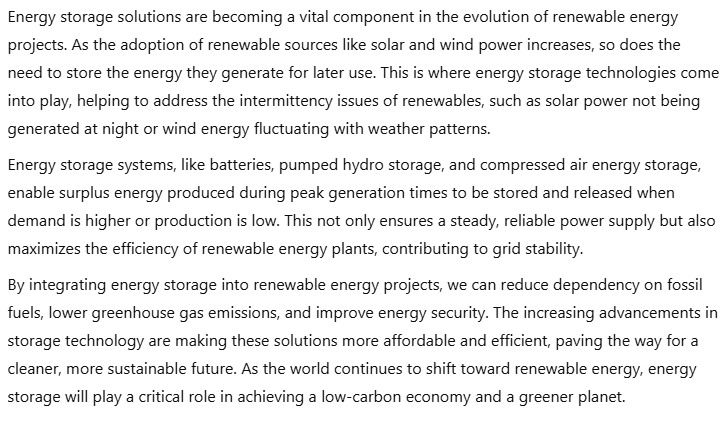
ChatGPT’ Response
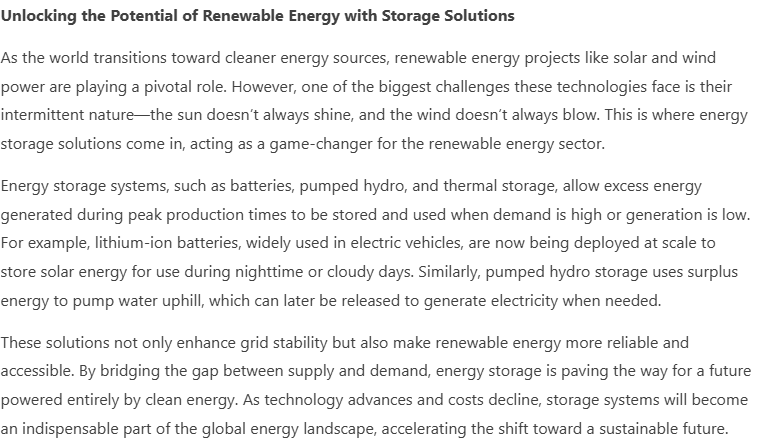
DeepSeek’s Response
| Aspect | DeepSeek | ChatGPT |
| Engagement | Conversational and engaging tone. | Professional and formal approach. |
| Examples | Includes specific technologies like lithium-ion batteries and pumped hydro. | Provides an overview of energy storage solutions. |
| Structure | Includes a title and clear sections. | Organized response with detailed information. |
| Focus | Discusses specific challenges and solutions. | Highlights long-term goals such as energy security. |
2. General Knowledge
Prompt: Can you explain the theory of relativity in simple terms?
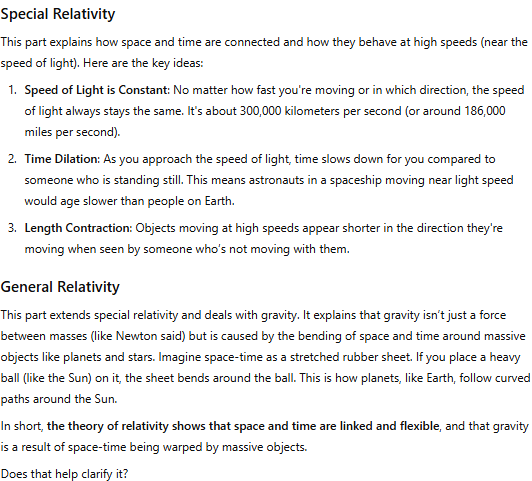
ChatGPT’ Response
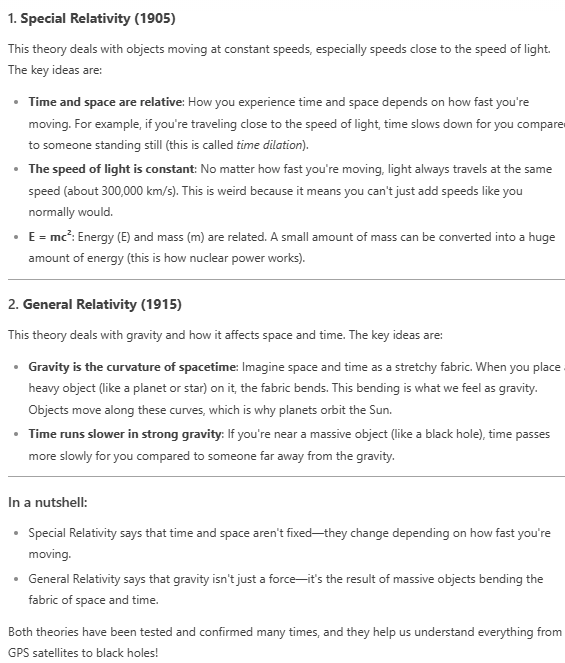
DeepSeek’s Response
| Criteria | ChatGPT | DeepSeek |
| Clarity | Clear and well-explained. | Concise and structured. |
| Depth of Explanation | Covers key concepts, including mass-energy equivalence. | Includes E = mc² and additional insights on time dilation. |
| Engagement & Simplicity | Uses simple language with clear formatting. | Uses analogies and numbered sections for readability. |
| Summary | Provides a concluding statement. | Summarizes key points with a dedicated section. |
3. Problem-Solving
Prompt: If we have a budget of $10,000, what is the most efficient way to install solar panels for a home?
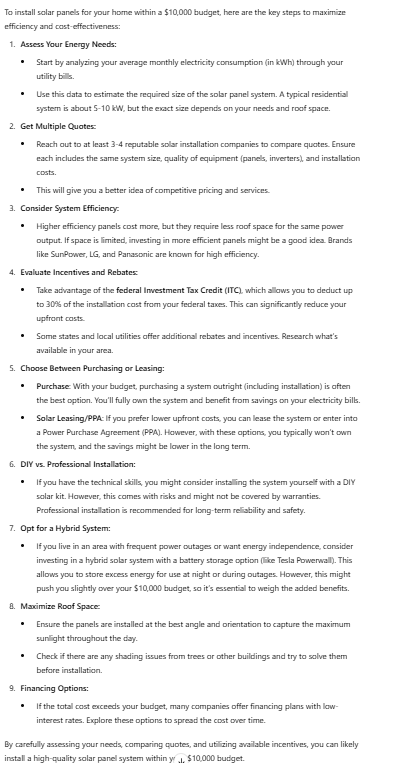
ChatGPT’ Response
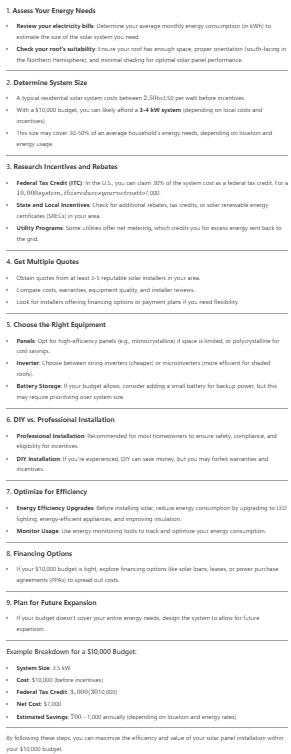
DeepSeek’s Response
| Criteria | ChatGPT | DeepSeek |
| Clarity & Readability | Well-structured with clear steps. | Organized with detailed insights. |
| Depth of Information | Covers incentives, financing, and efficiency. | Provides financial breakdowns and system size estimates. |
| Actionability | Outlines steps for planning an installation. | Includes cost estimations and decision-making guidance. |
| Technical Details | Discusses panel types and efficiency factors. | Explores panel types, inverters, and storage solutions. |
4. Technical Understanding
Prompt: What is the difference between a lithium-ion battery and a lead-acid battery in terms of energy storage?
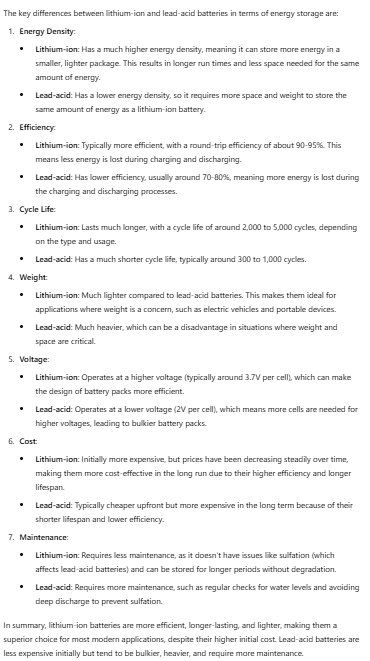
ChatGPT’ Response
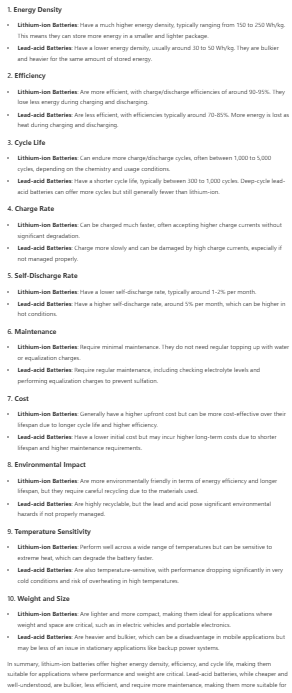
DeepSeek’s Response
| Criteria | ChatGPT | DeepSeek |
| Conciseness | Provides a structured comparison. | Includes detailed explanations. |
| Structure & Readability | Uses a table format for quick reference. | Offers a comprehensive breakdown. |
| Depth of Information | Covers energy density, lifespan, and efficiency. | Explores additional aspects such as charge rates and environmental impact. |
| Practicality | Presents information in a digestible format. | Provides in-depth technical insights. |
Our Take: ChatGPT vs DeepSeek
Based on this comparison, we found that DeepSeek offers detailed responses with structured insights and in-depth analysis, while ChatGPT delivers well-organized answers with a strong emphasis on clarity and structured presentation. Both models provide valuable information across different contexts, catering to varied user needs.
This is just our experience, and results may vary depending on how these models are used. If you’ve tried both, we’d love to hear your thoughts—what’s your take on this comparison?


Recent Comments